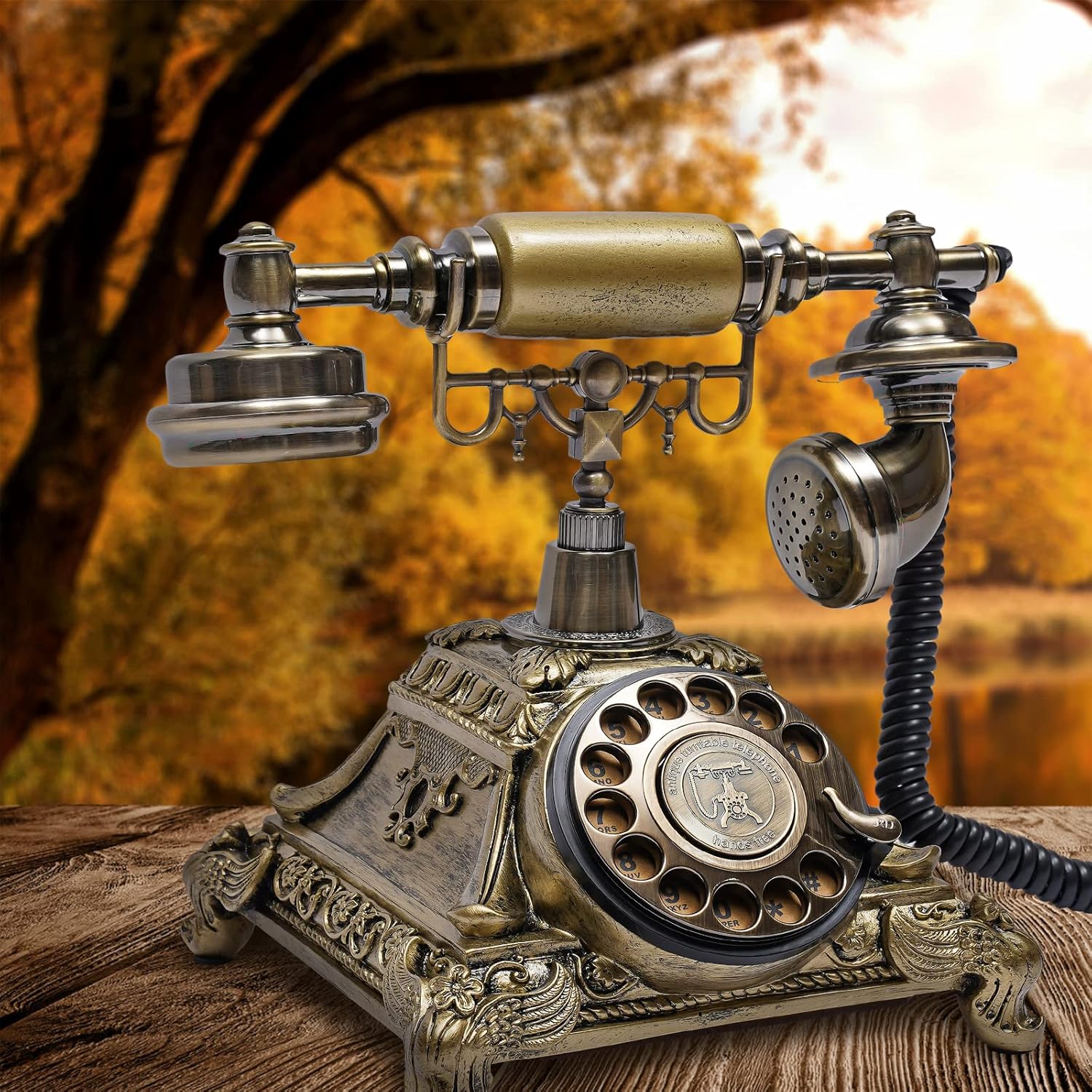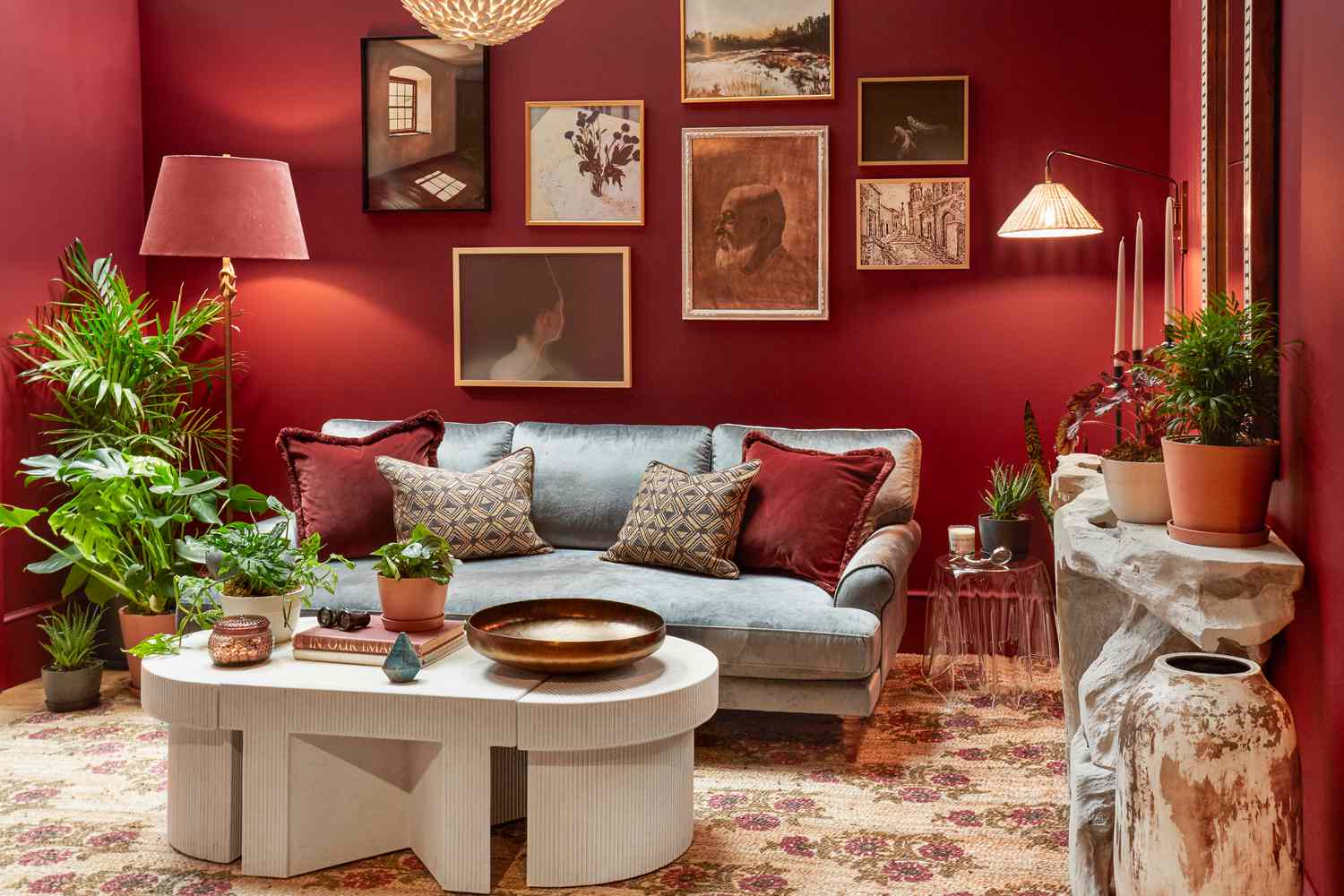In today’s fast-paced world, where the trend is often to buy new and discard the old, vintage items have gained a renewed appreciation. This shift is fueled by a desire for nostalgia, the increasing popularity of sustainable living, and a growing interest in history. For those fortunate enough to have hoarder parents, this love for old items is not just a passing phase but a way of life. These parents, often labeled as “hoarders,” may have accumulated various objects over the years that are not only fascinating to look at but carry with them stories of the past, adding layers of depth and character to a home. In this article, we explore the perks of having hoarder parents, particularly when it comes to vintage items, and why these possessions can be more valuable than they initially seem.
Understanding Hoarding: A Love for the Past
Before delving into the advantages of growing up in a home filled with vintage treasures, it’s important to understand what hoarding is and why it occurs. Hoarding, by definition, is the excessive accumulation of items and the inability to part with them, even when they no longer serve a functional purpose. While hoarding can sometimes be associated with negative mental health outcomes, it is also, in many cases, an expression of emotional attachment to objects.
For hoarder parents, each item in their collection often carries sentimental value. These possessions are tangible connections to the past, whether it’s an antique furniture piece passed down through generations or a set of dishes that evoke memories of family dinners. Unlike consumers who are quick to discard or replace items, hoarders tend to hold on to things that carry personal significance.
For children growing up in such homes, these vintage items may at first seem like clutter, but as time passes, they become a unique source of comfort and nostalgia. The emotional connection to these objects often deepens as children grow older, leading them to appreciate their value in a way they may not have as children.
The Aesthetic Appeal of Vintage Items
One of the primary benefits of having hoarder parents is the aesthetic appeal that vintage items bring to a home. Vintage pieces often carry a timeless elegance that modern furniture or decor simply cannot replicate. Whether it’s the intricate detailing of an antique chair, the polished patina of a vintage table, or the aged books lining the shelves, these objects have a history that gives them character and charm.
For many, vintage items evoke a sense of warmth and comfort. The soft, muted colors and worn textures can make a home feel more inviting and lived-in. Unlike sleek, modern designs that may feel sterile or impersonal, vintage pieces often have a lived-in quality that makes a space feel more authentic and cozy.
Moreover, vintage items provide opportunities to express individuality. In a world dominated by mass-produced goods, a collection of unique, vintage items sets a home apart from the rest. The story behind each piece—whether it was inherited, found at a flea market, or restored from years of neglect—adds depth to the overall decor.
The Historical Value of Vintage Items
Vintage items are not just aesthetically pleasing; they often hold significant historical value. Growing up in a home surrounded by such objects can spark a deep interest in history, whether it’s learning about the craftsmanship behind a mid-century lamp or the cultural significance of a 19th-century painting.
For instance, a child who grows up with a set of antique china may find themselves researching the origins of the design and learning about the period in which it was created. A vintage clock passed down from a grandparent could lead to an exploration of different time-keeping methods throughout history. These objects serve as a window into the past, providing context for the way people lived and the items they cherished.
The value of vintage items extends beyond their age or rarity. They carry with them stories of previous owners, past eras, and shifting cultural trends. A child raised in a home filled with these objects can develop a deep appreciation for history, learning not just facts but also how objects shape the human experience.
The Sentimental Value of Vintage Items
Perhaps one of the most profound perks of having hoarder parents is the sentimental value that comes with vintage items. These objects are often more than just old things; they are physical manifestations of love, memories, and family history. When you look at a vintage item, you are looking at more than just an object; you are seeing a part of your family’s story.
For example, an old rocking chair may not just be a piece of furniture—it could be the chair in which your parents or grandparents rocked you to sleep as a baby. A worn cookbook might not simply be a collection of recipes—it could be the book that was passed down through generations, with handwritten notes in the margins from loved ones. These sentimental items are irreplaceable and, as time goes on, only become more valuable.
In many cases, hoarder parents have an emotional attachment to these objects, making them reluctant to let go of anything. For children, this attachment can be passed down, creating an ongoing sense of connection to the past. When a child inherits a cherished item from a parent, it becomes a treasured heirloom, often imbued with memories that continue to live on.
Vintage Items as Family Heirlooms
Many items that hoarder parents accumulate eventually become family heirlooms. These are objects that hold significant emotional value, often being passed down from one generation to the next. These heirlooms not only provide a sense of continuity and connection but also offer a tangible link to family history.
When parents collect and preserve vintage items, they are often curating a family legacy. These objects become symbols of the family’s journey through time—marks of the past that can be handed down to future generations. For children raised in homes with hoarder parents, the idea of family heirlooms often becomes central to their sense of identity. They may come to view these items as valuable treasures, understanding that each piece represents the love, sacrifices, and achievements of previous generations.
Additionally, inheriting family heirlooms can foster a sense of responsibility. Children who are given the task of preserving these items often take great care in maintaining them, ensuring that future generations can continue to enjoy them. This sense of stewardship helps build a deep appreciation for the past and its importance in shaping the future.
Vintage Items as Investment Opportunities
While the emotional and historical value of vintage items cannot be overstated, there is also a financial benefit to having hoarder parents who collect rare and valuable objects. Many vintage items appreciate in value over time, especially if they are well-maintained or come from a particularly rare or sought-after collection.
Antiques, vintage furniture, collectible items, and even old books can become valuable assets. For example, a vintage watch or piece of jewelry may increase in value as it becomes rarer over time. Likewise, vintage furniture or art may become highly sought after in the market due to its unique design, craftsmanship, or historical significance.
For children inheriting such items, there can be a substantial financial benefit down the line. A collection that once seemed like clutter could turn into a valuable asset, providing financial security or the opportunity to sell and invest in other pursuits. In this sense, hoarder parents may unknowingly be setting up a future for their children that is both emotionally and financially rewarding.
The Sense of Adventure and Discovery
Finally, growing up with hoarder parents often involves a sense of adventure and discovery. Vintage items are not just static possessions—they are like little treasures waiting to be unearthed. For children raised in homes with hoarder parents, the process of exploring old boxes, rummaging through forgotten items, and rediscovering lost treasures becomes a fun, almost archaeological experience.
Each discovery offers the opportunity to learn something new, whether it’s uncovering a childhood toy long-forgotten or finding a piece of art that’s been tucked away for years. This sense of discovery can spark a lifelong interest in collecting and preservation. It also teaches children the importance of curiosity and exploration, encouraging them to see value in things others might overlook.
Conclusion
Having hoarder parents can often feel overwhelming, especially when surrounded by what seems like a cluttered home. However, as we’ve explored in this article, there are countless benefits to growing up in a home filled with vintage items. From the aesthetic appeal and historical significance of these objects to the emotional and financial value they may hold, vintage items can add layers of depth to a person’s life that are not immediately obvious. For those fortunate enough to inherit these treasures, the rewards are not just material—they are also deeply emotional, providing a connection to the past and a sense of family legacy. Whether you view it as clutter or a curated collection, having hoarder parents with a love for vintage items offers a unique perspective on life and a greater appreciation for the value of history.



